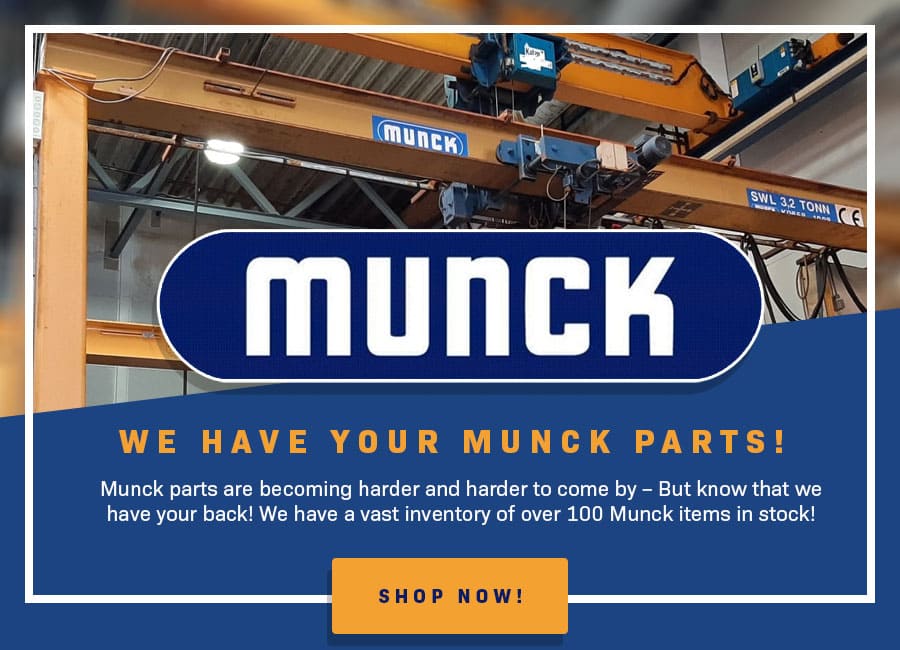The Crane Manufacturers Association of America (CMAA) has launched a product guide, which describes the overhead lifting equipment and services offered by its 34 member companies. Oddvar Norheim, president, explains.
The mission of the Crane Manufacturers Association of America (CMAA) is to deliver exceptional value to its end users, channel partners, members and industry associates while serving the overhead material handling industry. Its 34 member companies conduct business worldwide.
The product guide will be presented at ProMat 2009 on January 12 at 13.45 in Session 215, entitled ‘How to Buy an Overhead Crane with Confidence’. The guide will also be available through the CMAA website at www.mhia.org/cmaa.
As part of the same initiative, CMAA has also developed a buyer’s guide, designed to assist prospective purchasers in choosing equipment most suitable for their application. CMAA believes it can provide value to its end users by providing information to educate them on the proper selection of member companies’ equipment. For example, the buyer’s guide for Specification 70 includes the following sections:
Questions that verify compliance with CMAA Spec 70 and USA OSHA safety requirements on critical items. This section was prepared to point out differences which exist in cranes manufactured in different parts of the world. The CMAA and OSHA requirements are listed and the vendor supplying the equipment is to confirm if their equipment meets the CMAA and OSHA requirements as applicable.
Crane Inquiry Data Sheet. The data sheet provides the buyer with a convenient list of questions a crane vendor might ask a buyer to determine the correct equipment for his or her specific application.
Crane Service Classification. CMAA provides service classifications between A and F, with F being continuous severe duty. The service classification is also designed to allow the customer and vendor to discuss which classification is best suited to a particular customer’s needs.
Speed Selection Sheet. This data sheet provides insight into possible speeds for different types of cranes. The capacity of the crane is also included in this section so as to provide an optimal solution to each customer’s application.
Member companies’ experiences have shown that when the correct equipment is selected customers realise substantial life cycle savings. Conversely when only the initial cost is considered the life cycle cost, due to excessive maintenance costs, can be substantial.
History
CMAA traces its roots to the Electric Overhead Crane Institute, known as EOCI, which was founded in 1927 by leading crane manufacturers of that time to promote standardisation of cranes and uniform quality and performance. EOCI published standardised specifications in 1949 and again in 1961. CMAA 70, described above and first published in 1971, superseded EOCI 61. Since 1971, CMAA 70 has been republished several times with changes and updates proposed by CMAA’s Engineering Committee. CMAA 74 was first published in 1974 to focus on single girder cranes and like 70 has been revised several times since its original publication.
In support of its mission statement CMAA has also developed standards and guidelines for professional services performed on overhead cranes and associated hoisting equipment. CMAA 78 – Standards and Guidelines for Professional Services Performed on Overhead and Travelling Cranes and Associated Hoisting Equipment was prepared by the CMAA Crane Manufacturers Service Committee and first published in 2002.
The engineering committee has also prepared the CMAA Crane Operators Manual, which was re-released in 2003. This guide is designed to assist in the training of crane operators.
In 2006 CMAA released the Operational Guide for Lifting Devices. Like the Operators Manual this guide is designed to assist in training operators of the equipment.
CMAA’s members donate their time to continuously update its materials. The best engineers in the crane industry meet at least twice a year to ensure CMAA publications are the best available.
In January 2009, new updated revisions of the following specifications will be published: CMAA Specification #70, Rev. 2009 and CMAA Specification #74, Rev. 2009.





